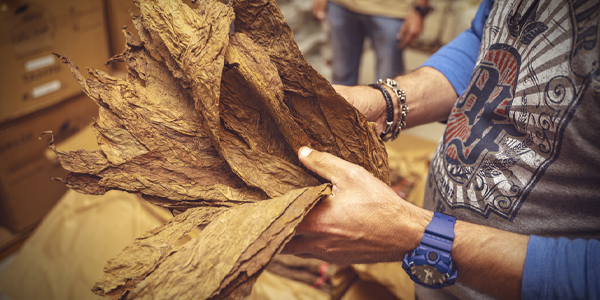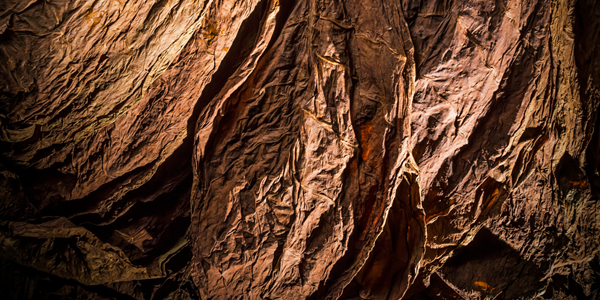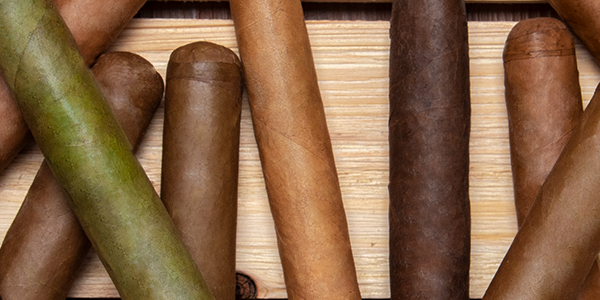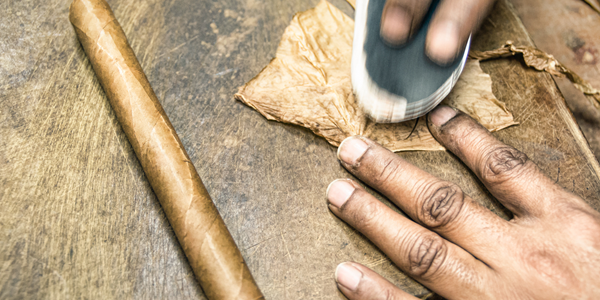What Is a Cigar Binder?
The cigar binder is the leaf – or leaves – that hold the filler together and has the wrapper leaf rolled onto it, also helping to give the cigar its shape. The binder forms the middle ring of the cigar tube. The binder leaves are tobacco that must be strong enough to hold the filler together, but have enough compatible flavor to blend properly with the filler and wrapper. And the binder leaves must burn well.
The Cape
In Spanish, the binder is called the banda. Sometimes it’s referred to as capote, which means “cape” or “cloak,” due to the leaves used to make the binder. The binder not only holds the filler in place, but it must help the wrapper and filler leaves burn evenly.
The Middle
While tobacco is not grown specifically for use as binder, most binder leaves come from the lower-middle section of the tobacco stalk. That’s where you find the Seco and Volado primings. On a Criollo-seed tobacco plant, the leaves just between the Seco and Volado ones are referred to as “capote.” These leaves are appropriately thicker and more elastic so that they can be used to hold and protect the filler and be rugged enough to be placed into the molds and presses in the cigar-making process. Binder leaves can also come from less-than-perfect leaves that might otherwise have been wrapper. In truth, any cigar leaf can be used for any part of the cigar, but each leaf is graded and assigned a role.
The Cure
As you already know, once the tobacco leaves are picked, they go into a curing barn. Generally, the leaves are sewn together with thick thread in pairs, then hung in curing barns on long wooden sticks. High-quality binder leaves and wrapper leaves are not sewn together, but hung on thicker, smoother sticks with two leaves hung on opposite sides. This is done to better protect those delicate leaves. Any holes or cracks in the binder leaves will essentially create failure in the effort to hold the fillers together and encourage an even burn. Binder leaves are cured for one to two years, a year shorter than the higher primings. Volado (lower-priming) is the thinnest leaf and requires the least amount of fermentation. Seco (mid-priming) gets more fermentation than Volado. The goal is to finish with binder leaves that have very underdeveloped veins, making them smoother in texture and helping to make the wrapper look better.
Roll With It, Baby
The strength and elasticity of the binder leaves come into play when the binder is rolled around the filler. The binder must be applied to allow good air flow through the cigar. After the binder is applied over the filler, it’s sealed with vegetable gum. Then the entire bunch is placed on a mold to further smooth it out and make it ready for the wrapper. Some cigar-makers use two binder leaves to add a little complexity to the cigar’s blend.
Binder Flavor
Since the leaves from which binder is made come from the lower part of the tobacco plant, the leaves get less sunlight and, as a result, develop less flavor. A shorter curing time further limits the flavor. Still, binders tend to give off an aroma stronger than its flavor.







